Home>Gardening & Outdoor>Landscaping Ideas>What Is The Best Fertilizer For New Grass Seed
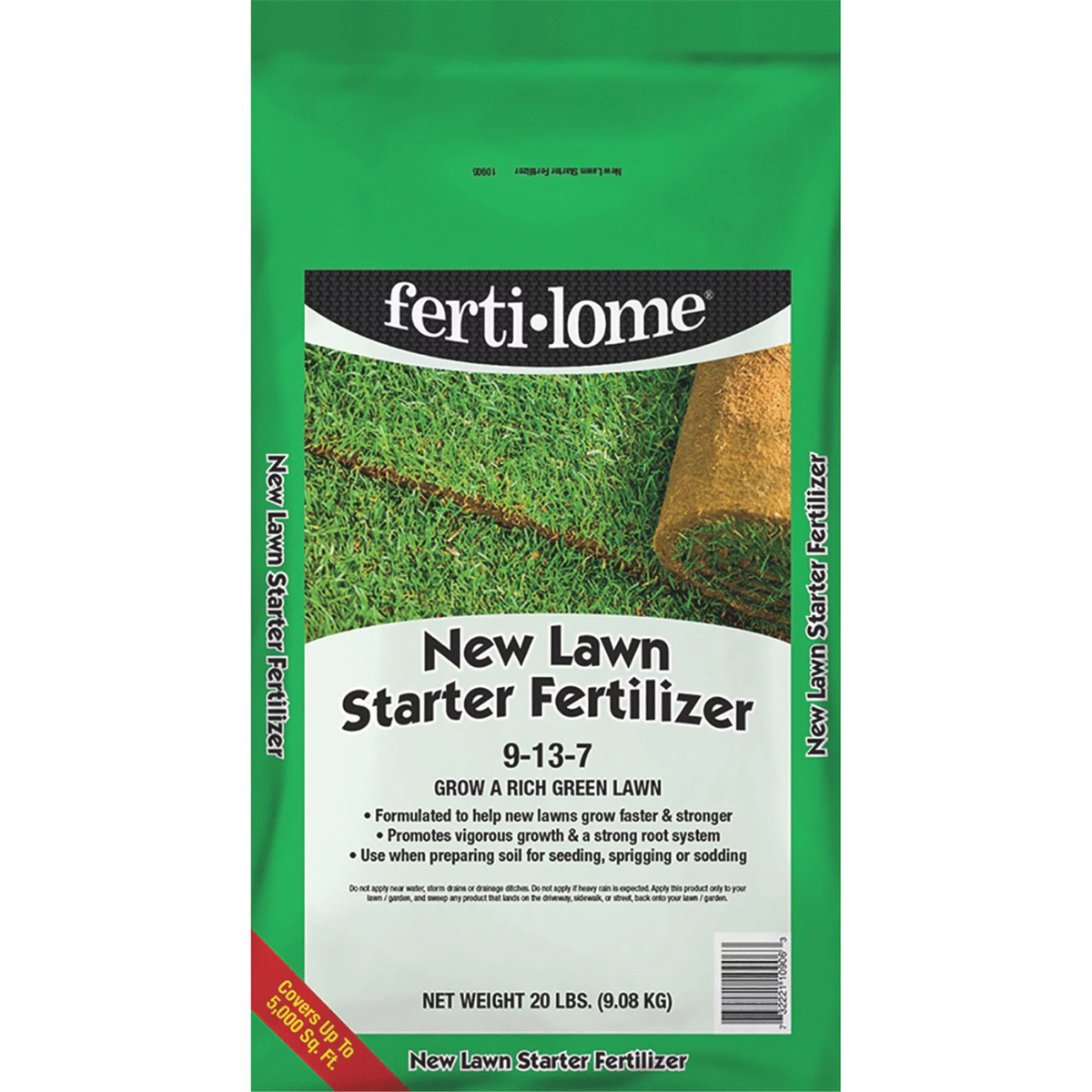

Landscaping Ideas
What Is The Best Fertilizer For New Grass Seed
Modified: March 26, 2024
Discover the best fertilizer for new grass seed and improve your landscaping with expert tips and ideas for a lush, green lawn. Explore effective landscaping ideas for optimal results.
(Many of the links in this article redirect to a specific reviewed product. Your purchase of these products through affiliate links helps to generate commission for Storables.com, at no extra cost. Learn more)
Introduction
As a homeowner or landscaping enthusiast, nurturing a lush, vibrant lawn is a gratifying endeavor. Whether you’re establishing a new lawn or rejuvenating an existing one, understanding the importance of selecting the right fertilizer for new grass seed is paramount. The process of nurturing new grass seed requires careful consideration of various factors, including soil composition, climate, and the specific needs of the grass species being cultivated.
In this comprehensive guide, we will delve into the intricacies of fertilizing new grass seed, exploring the nutritional requirements of young grass, the types of fertilizers available, and the essential factors to consider when choosing the best fertilizer. Additionally, we will discuss best practices for fertilizing new grass seed to ensure optimal growth and long-term health. By the end of this article, you will be equipped with the knowledge and insights needed to make informed decisions and foster a thriving lawn from the very beginning.
Key Takeaways:
- New grass seed needs balanced nutrients like nitrogen, phosphorus, and potassium for healthy growth. Choose a fertilizer with the right mix to support strong roots and vibrant foliage.
- Consider factors like soil pH, slow-release formulations, and climate when selecting a fertilizer. Follow best practices like even application and strategic timing for optimal growth.
Read more: What Fertilizer Is Best For New Grass Seed
Understanding the Nutritional Needs of New Grass Seed
When embarking on the journey of establishing a new lawn from grass seed, it is crucial to comprehend the nutritional requirements of the young, tender sprouts. Newly germinated grass seedlings have distinct needs that differ from established turf, as they are in the early stages of development and require specific nutrients to foster robust growth.
One of the primary nutritional needs of new grass seed is a balanced supply of essential macronutrients, including nitrogen, phosphorus, and potassium. Nitrogen is vital for promoting vigorous leaf and stem growth, giving the young grass plants a healthy, verdant appearance. Phosphorus plays a crucial role in root development, aiding in the establishment of a strong and extensive root system. Meanwhile, potassium contributes to overall plant health and resilience, enhancing the grass seedlings’ ability to withstand environmental stressors.
In addition to macronutrients, new grass seed also benefits from a range of micronutrients, such as iron, manganese, and zinc, which are essential for various physiological processes within the plants. These micronutrients support enzyme activity, chlorophyll production, and overall metabolic functions, ensuring that the young grass seedlings are equipped to thrive in their early stages of growth.
Furthermore, it is important to consider the pH level of the soil in which the new grass seed is sown. Most grass species thrive in slightly acidic soil conditions, with a pH range of 6.0 to 7.0. Ensuring that the soil pH is within this optimal range facilitates the efficient uptake of nutrients by the grass seedlings, promoting healthy and vigorous growth.
By understanding the specific nutritional needs of new grass seed, you can make informed decisions when selecting a fertilizer that provides the essential elements required for the successful establishment of a lush, resilient lawn.
Types of Fertilizers for New Grass Seed
When it comes to fertilizing new grass seed, there are various types of fertilizers available, each offering unique benefits and formulations tailored to the specific needs of young grass seedlings. Understanding the characteristics of these fertilizers can empower you to make an informed choice that aligns with the requirements of your lawn and the local environmental conditions.
1. Starter Fertilizers: These fertilizers are specifically designed to provide young grass seedlings with the essential nutrients needed for vigorous root and shoot development. They typically contain higher phosphorus levels to support robust root growth, along with nitrogen and potassium to promote overall plant health. Starter fertilizers are ideal for nurturing newly seeded or sodded lawns, giving the young grass a strong foundation for sustained growth.
2. Slow-Release Fertilizers: Slow-release fertilizers offer a gradual and sustained release of nutrients over an extended period, providing a steady supply of essential elements to the developing grass seedlings. This type of fertilizer is beneficial for promoting long-term growth and minimizing the risk of nutrient leaching, especially in areas with sandy soils or high precipitation rates.
3. Organic Fertilizers: For those seeking natural and environmentally friendly options, organic fertilizers derived from plant or animal sources offer a sustainable approach to nurturing new grass seed. These fertilizers release nutrients slowly as they decompose, enriching the soil and fostering healthy microbial activity. Organic fertilizers contribute to soil health and fertility while providing the necessary nourishment for young grass seedlings to thrive.
4. Liquid Fertilizers: Liquid fertilizers are formulated for quick absorption and rapid nutrient uptake by the grass seedlings. They are often applied with a sprayer, allowing for precise and targeted application. Liquid fertilizers can be advantageous for addressing specific nutrient deficiencies and promoting rapid greening, making them a versatile option for supplementing the nutritional needs of new grass seed.
By familiarizing yourself with the diverse range of fertilizers available for new grass seed, you can select a product that aligns with your lawn’s unique requirements and sets the stage for healthy, vibrant growth.
When choosing a fertilizer for new grass seed, look for a product with a high phosphorus content, as this will help promote strong root development. Avoid using a fertilizer with a high nitrogen content, as this can burn the delicate new grass seedlings.
Factors to Consider When Choosing the Best Fertilizer
When selecting the best fertilizer for new grass seed, several key factors should be taken into consideration to ensure that the nutritional needs of the young grass seedlings are met effectively. By evaluating these factors, you can make an informed decision that supports the establishment of a resilient and thriving lawn.
1. Nutrient Composition: Assess the nutrient composition of the fertilizer, paying particular attention to the nitrogen, phosphorus, and potassium (N-P-K) ratio. For new grass seed, a fertilizer with a higher phosphorus content is beneficial for promoting strong root development, while a balanced supply of nitrogen and potassium supports overall plant health and vigor.
2. Soil pH and Nutrient Availability: Consider the pH level of the soil in which the new grass seed will be sown. Ensure that the fertilizer’s nutrient formulation aligns with the soil’s pH to optimize nutrient availability for the young grass seedlings. Additionally, select a fertilizer that contains micronutrients essential for healthy plant growth, such as iron, manganese, and zinc.
3. Slow-Release Formulation: If long-term nutrient availability and minimized leaching are priorities, opt for a slow-release fertilizer that provides a steady and gradual supply of nutrients to the young grass seedlings. This can help sustain growth and minimize the risk of nutrient runoff, especially in areas with sandy soils or high rainfall.
4. Environmental Impact: Consider the environmental implications of the fertilizer, particularly if you prioritize sustainable and eco-friendly lawn care practices. Organic fertilizers derived from natural sources offer a greener alternative, enriching the soil and promoting biodiversity while providing essential nutrients to support healthy grass growth.
5. Climate and Seasonal Considerations: Factor in the local climate and seasonal variations when choosing a fertilizer. Some formulations may be tailored for specific climate conditions, such as drought-resistant fertilizers for arid regions or cold-tolerant blends for cooler climates. Adapting the fertilizer choice to the local climate can optimize its effectiveness and the overall health of the lawn.
6. Application Method and Convenience: Evaluate the practical aspects of applying the fertilizer, considering the ease of application and the compatibility with your preferred lawn care routine. Liquid fertilizers may offer convenience and precise application, while granular formulations provide lasting benefits and ease of storage.
By carefully considering these factors, you can select a fertilizer that aligns with the specific needs of your new grass seed and sets the stage for a flourishing lawn with strong roots and vibrant foliage.
Best Practices for Fertilizing New Grass Seed
Fertilizing new grass seed requires a strategic approach to ensure optimal nutrient uptake and sustained growth. By adhering to best practices for fertilization, you can provide young grass seedlings with the essential elements they need to establish a healthy and resilient lawn from the outset. Here are key guidelines to consider when fertilizing new grass seed:
1. Soil Preparation: Prior to seeding, prepare the soil by loosening the top layer and removing any debris or weeds. This creates an ideal environment for seed germination and root establishment. Consider conducting a soil test to assess the pH level and nutrient content, allowing for targeted fertilizer application based on the specific soil requirements.
2. Selecting the Right Fertilizer: Choose a fertilizer that is specifically formulated for new grass seed and tailored to the nutritional needs of young seedlings. Consider factors such as phosphorus content for root development, balanced N-P-K ratios, and the inclusion of essential micronutrients to support early growth stages.
3. Even Application: Apply the fertilizer evenly across the seeded area to ensure consistent nutrient distribution. This can be achieved using a broadcast spreader for granular fertilizers or a sprayer for liquid formulations. Following recommended application rates and techniques helps prevent over-fertilization and minimizes the risk of uneven growth patterns.
4. Timing of Application: Fertilize the new grass seed according to the recommended schedule, typically after the initial seed germination and once the young seedlings have established a root system. Avoid fertilizing immediately after seeding, as this can potentially stress the delicate seedlings. Adhering to the appropriate timing supports the gradual uptake of nutrients as the grass develops.
5. Watering and Nutrient Uptake: After fertilization, ensure adequate watering to facilitate nutrient uptake by the young grass seedlings. Proper irrigation supports the dissolution and absorption of nutrients into the soil, promoting healthy growth and minimizing the risk of nutrient leaching. Consistent moisture levels are crucial for optimizing the fertilizer’s effectiveness.
6. Monitoring and Adjusting: Regularly monitor the progress of the newly seeded area, observing the growth and color of the grass seedlings. Adjust the fertilization schedule or formulation if signs of nutrient deficiency or excess become apparent, ensuring that the young grass receives the necessary nourishment for sustained development.
By following these best practices, you can foster the successful establishment of new grass seed, providing the young seedlings with the essential nutrients and support they need to thrive and develop into a vibrant, resilient lawn.
Read more: When To Fertilize New Grass
Conclusion
Establishing a flourishing lawn from new grass seed is a rewarding endeavor that begins with thoughtful consideration of the fertilization process. By understanding the nutritional needs of young grass seedlings, exploring the diverse types of fertilizers available, and considering essential factors when selecting the best fertilizer, you can lay the groundwork for a healthy and resilient lawn from the outset.
Choosing the right fertilizer for new grass seed involves a holistic approach that encompasses soil preparation, nutrient composition, environmental considerations, and the practical aspects of application. By evaluating these factors, you can make informed decisions that align with the specific requirements of your lawn and local growing conditions.
Adhering to best practices for fertilizing new grass seed, including soil preparation, even application, strategic timing, and diligent monitoring, sets the stage for optimal nutrient uptake and sustained growth. By nurturing the young grass seedlings with the essential elements they need, you can foster the development of a vibrant and lush lawn that enhances the beauty of your outdoor space.
Ultimately, the process of fertilizing new grass seed is an integral step in cultivating a thriving lawn that provides a welcoming and rejuvenating environment for outdoor activities, relaxation, and natural beauty. With a comprehensive understanding of the nutritional requirements of young grass seedlings and the best practices for fertilization, you are equipped to embark on the journey of establishing a resilient and verdant lawn that enriches your outdoor landscape for years to come.
By applying the insights and guidelines presented in this guide, you can embark on the journey of nurturing new grass seed with confidence and expertise, laying the foundation for a vibrant and enduring lawn that brings joy and natural splendor to your outdoor living space.
Frequently Asked Questions about What Is The Best Fertilizer For New Grass Seed
Was this page helpful?
At Storables.com, we guarantee accurate and reliable information. Our content, validated by Expert Board Contributors, is crafted following stringent Editorial Policies. We're committed to providing you with well-researched, expert-backed insights for all your informational needs.


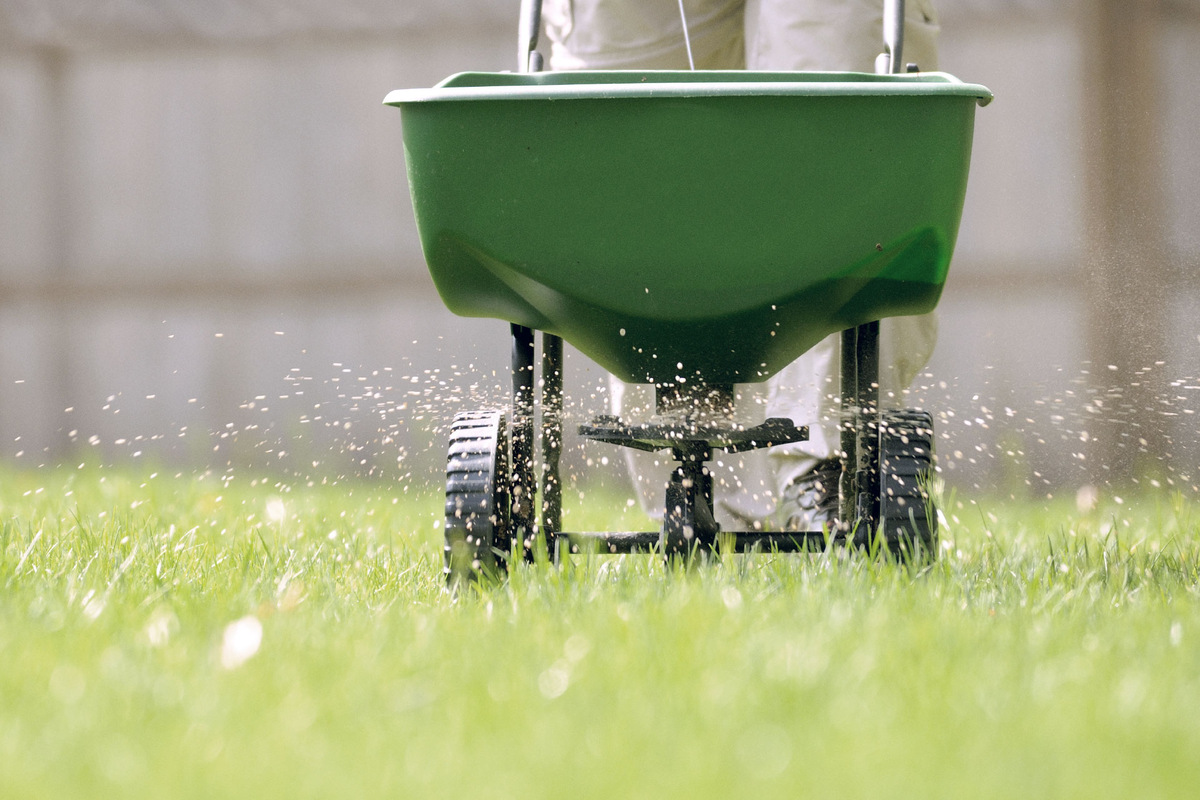
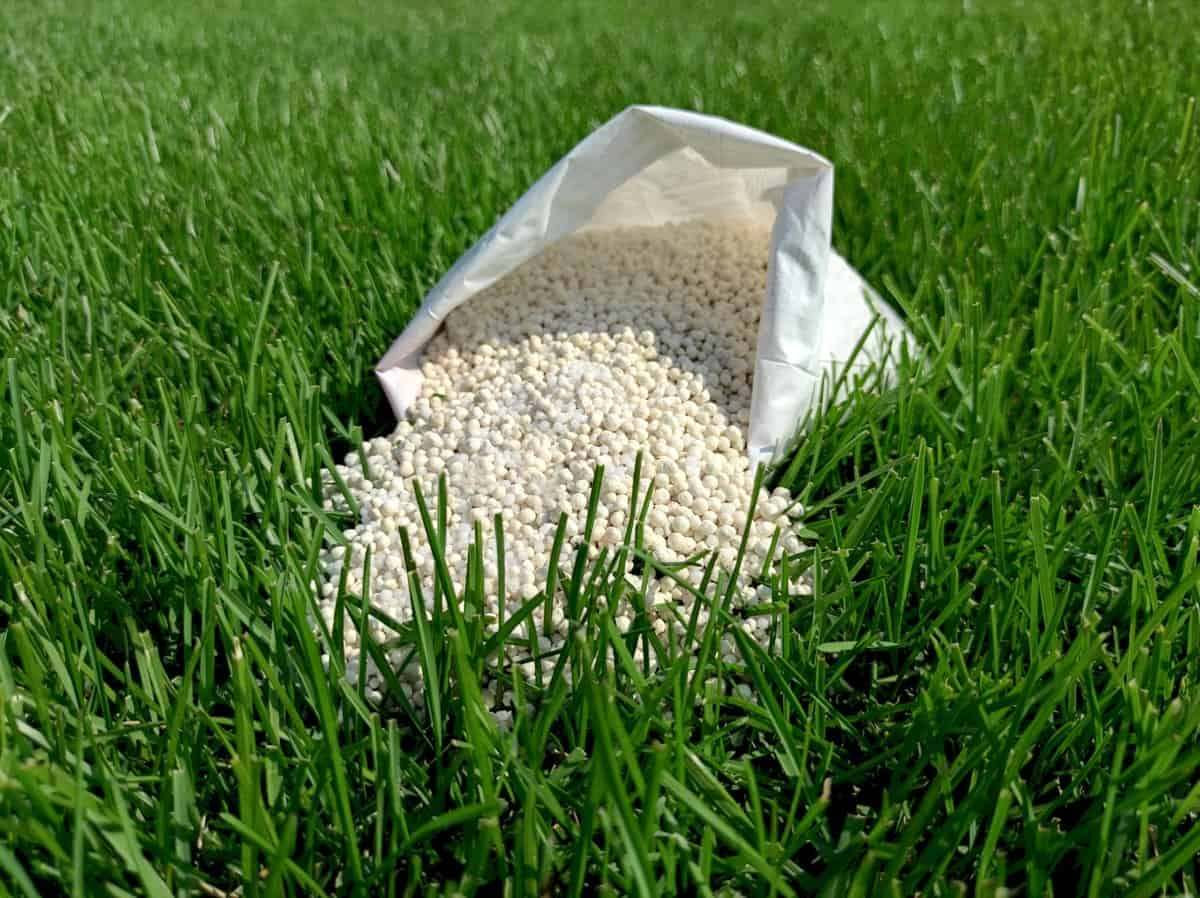

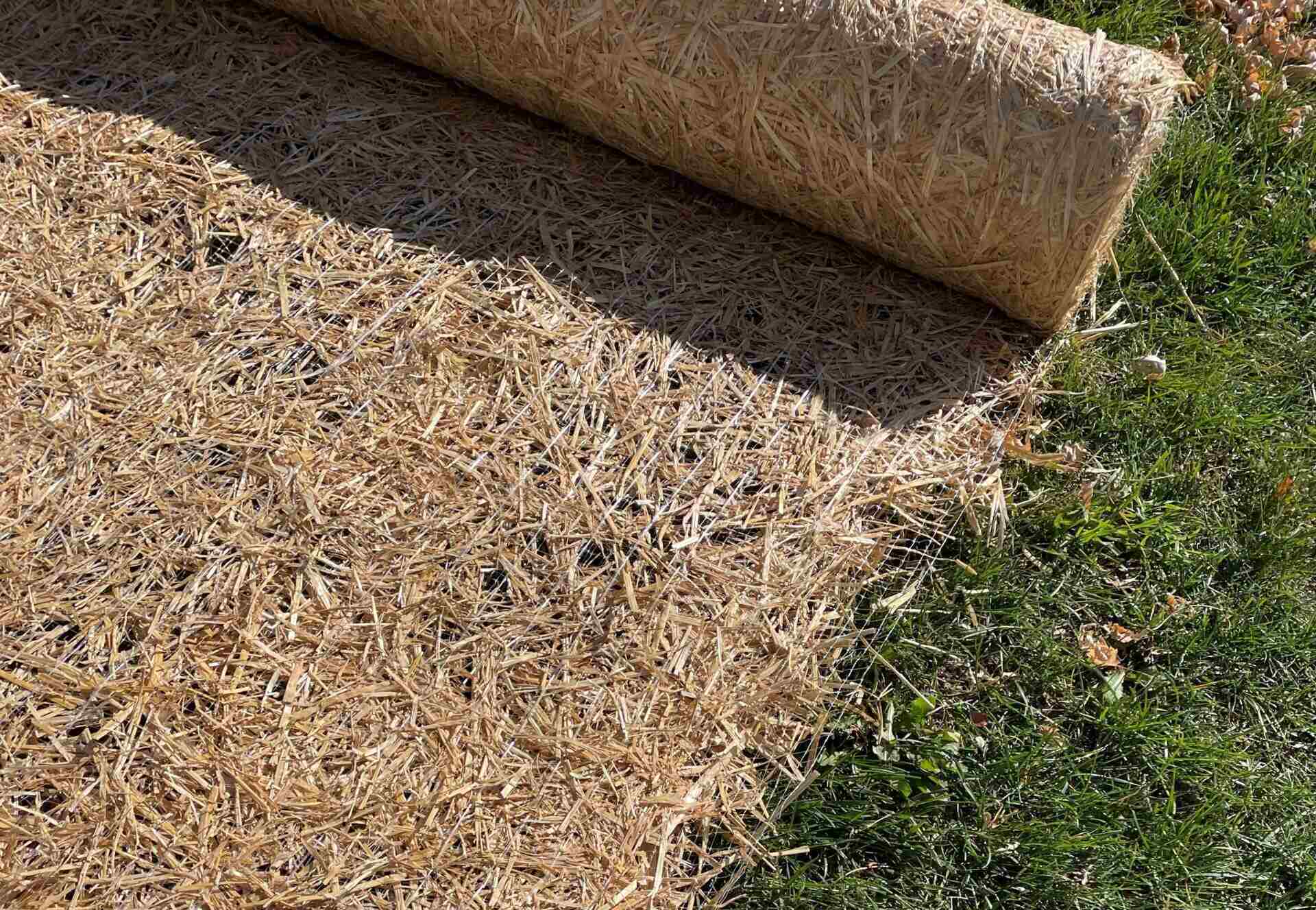
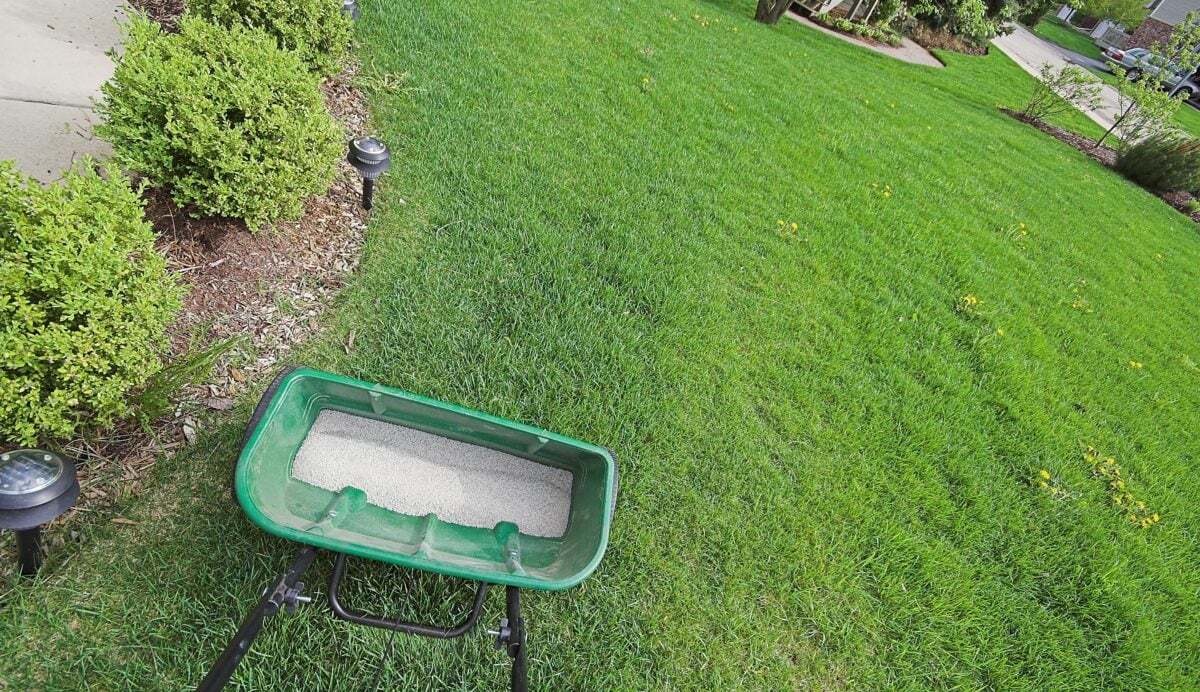
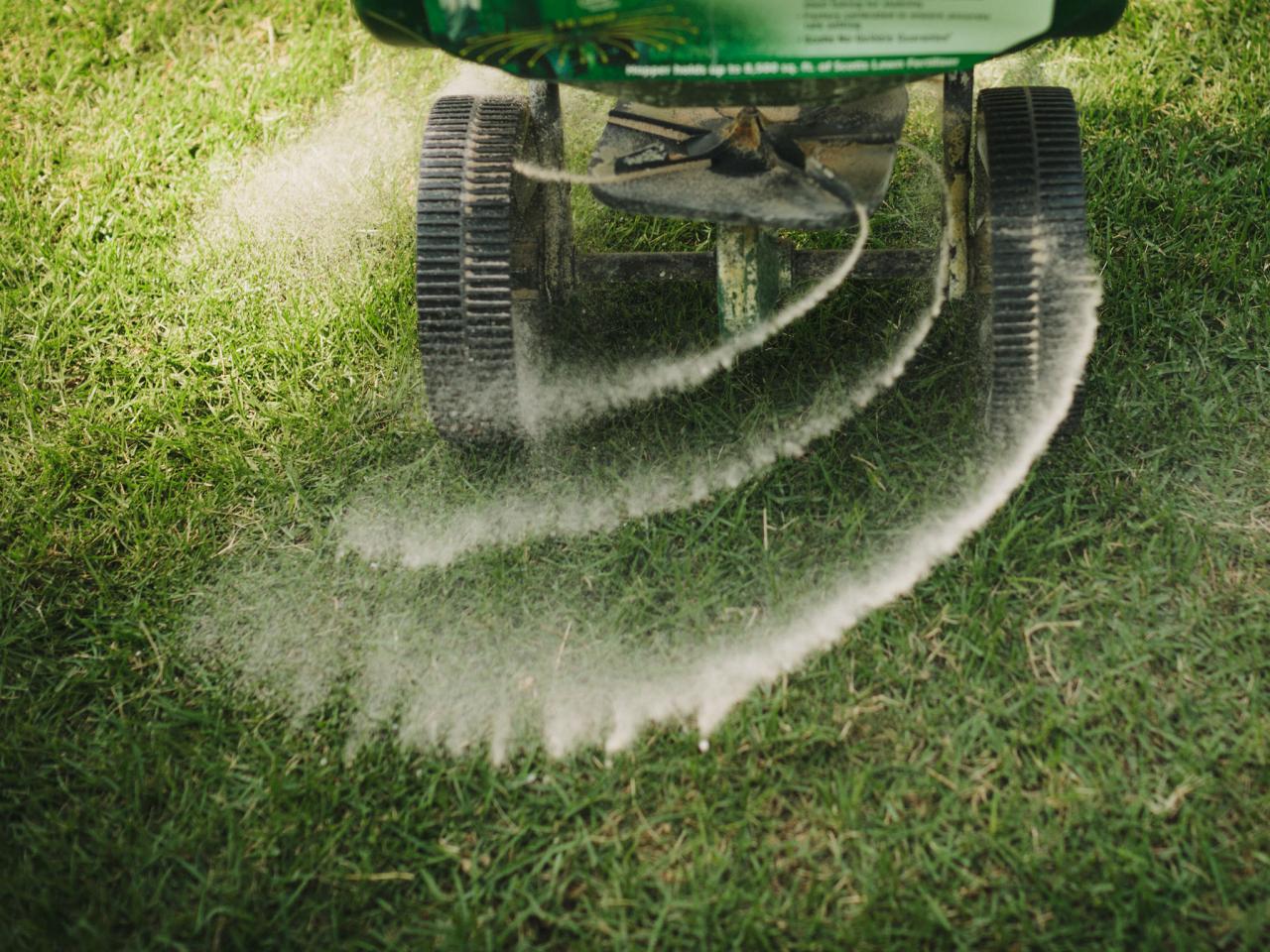
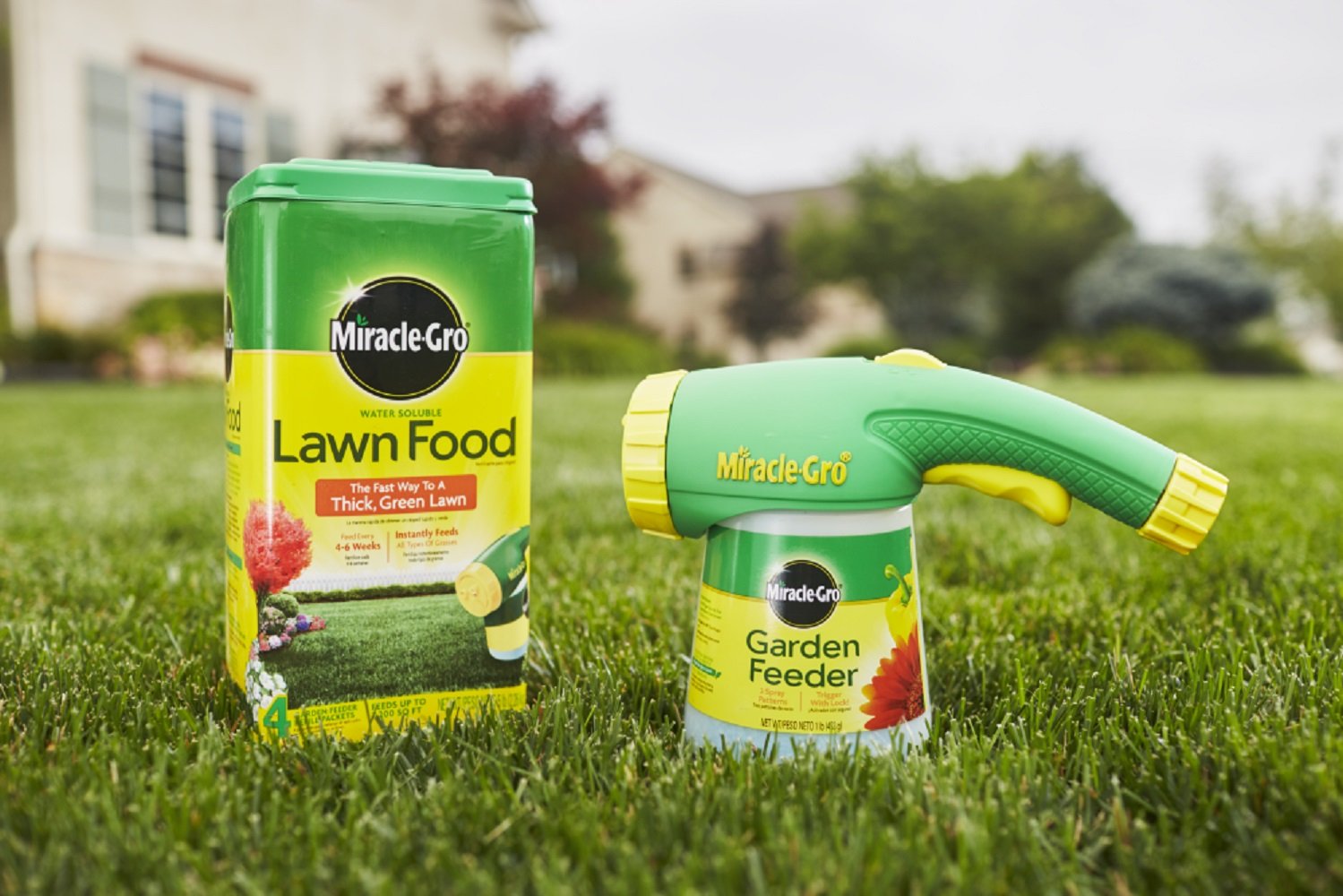

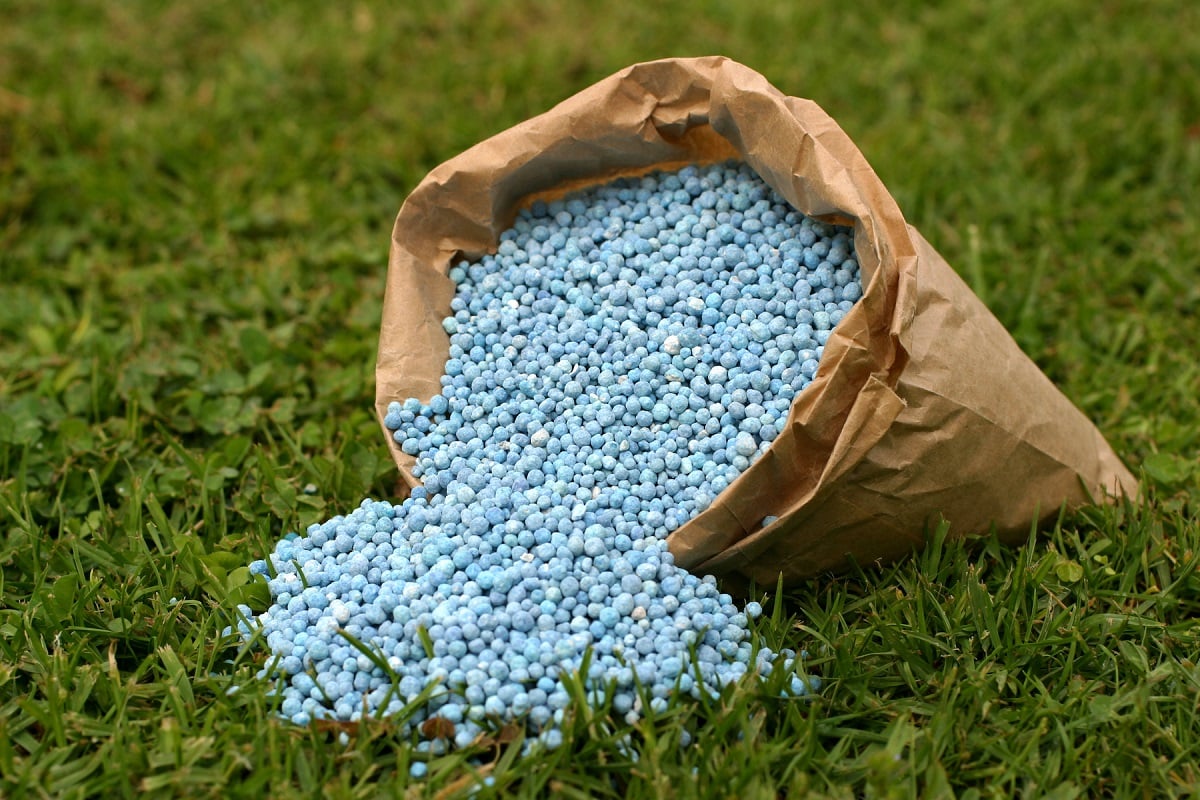
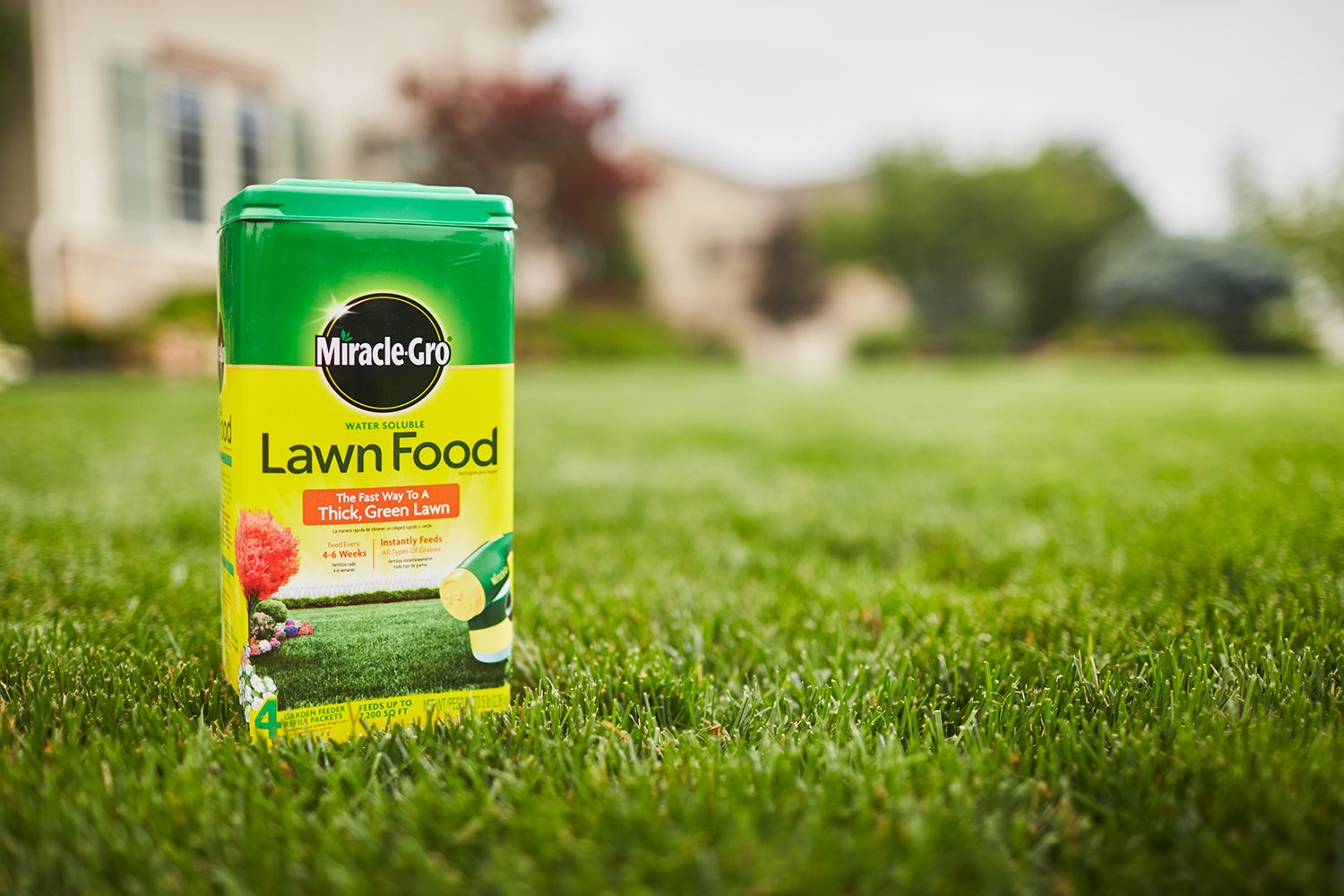
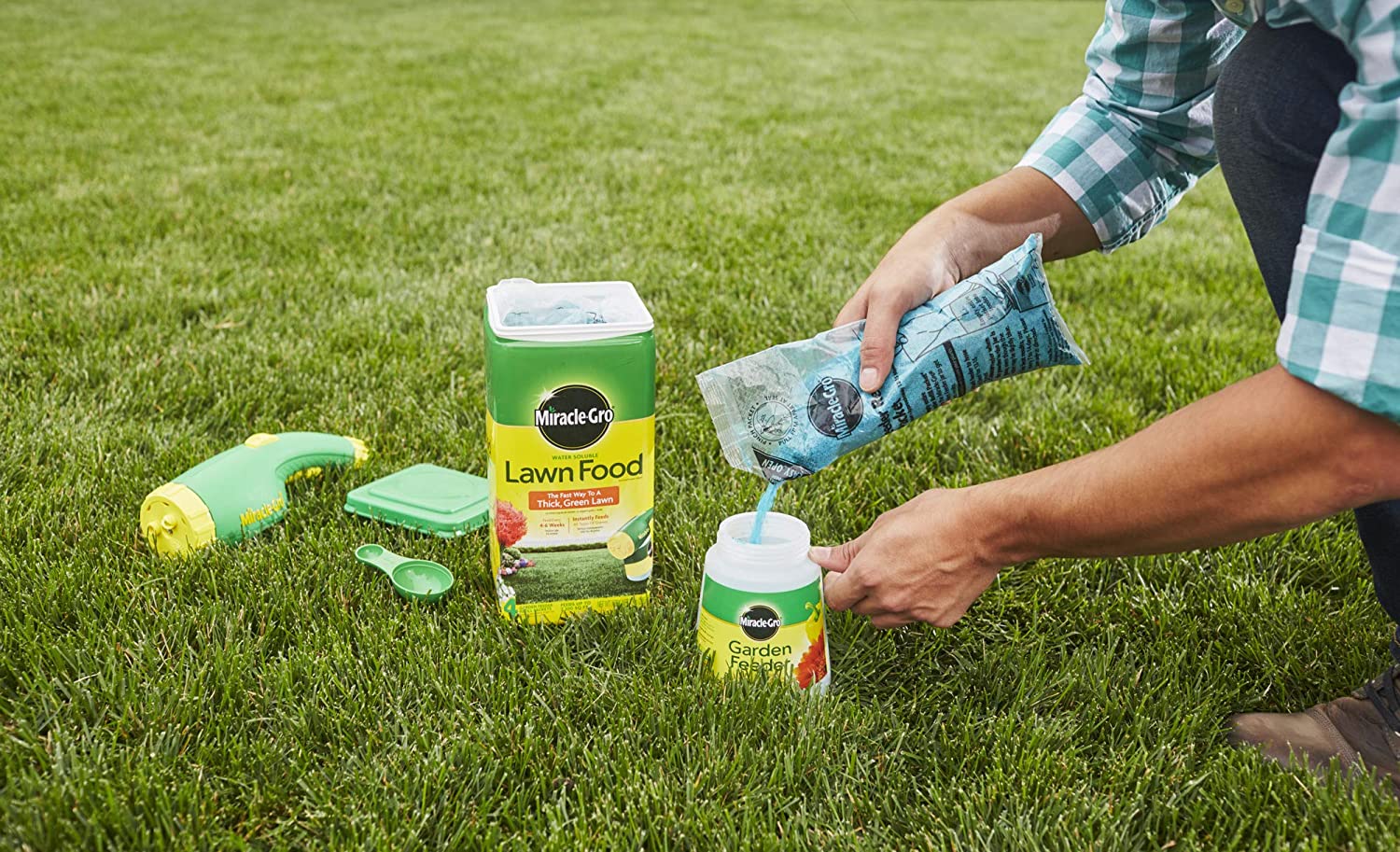
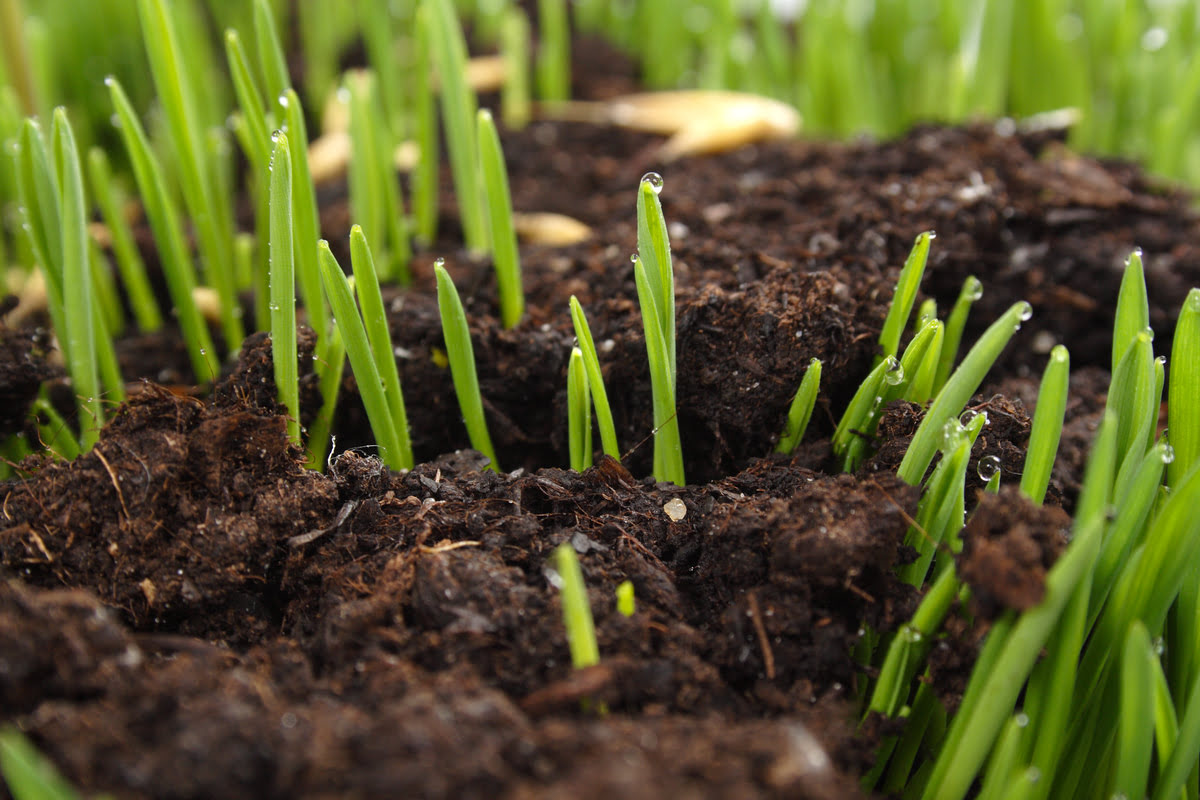

0 thoughts on “What Is The Best Fertilizer For New Grass Seed”